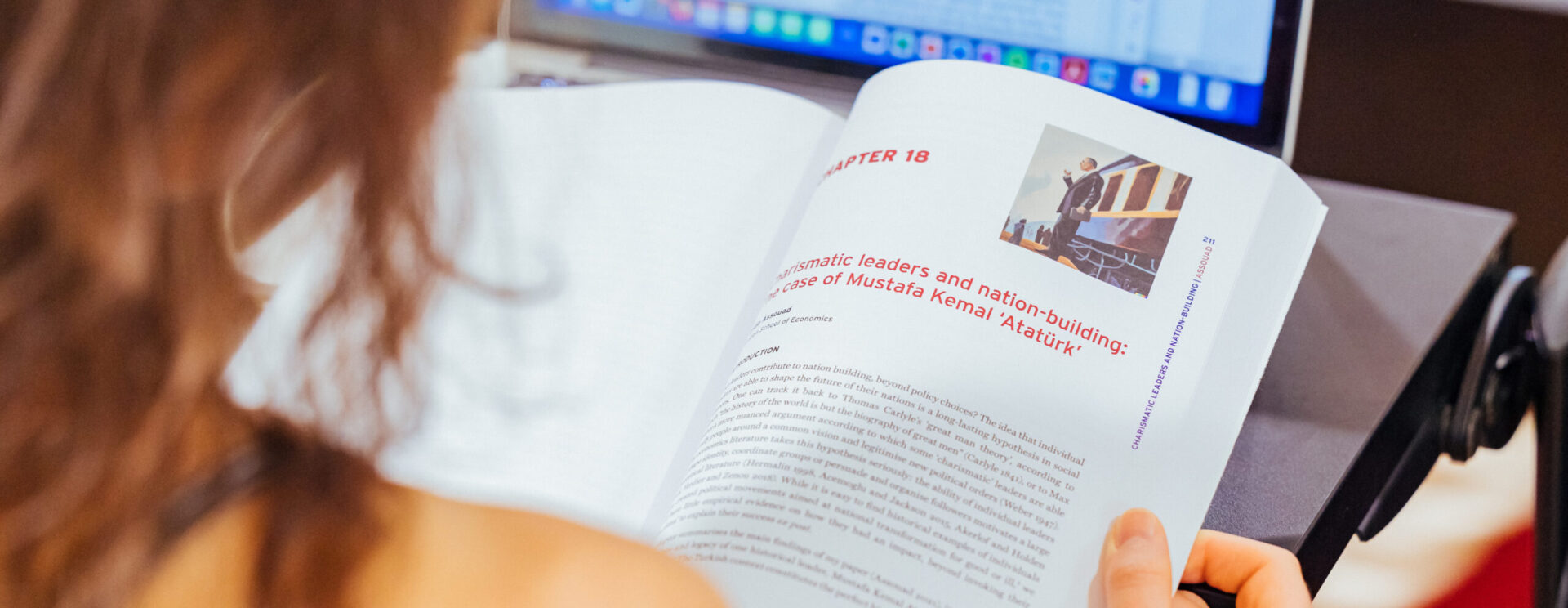Impact of saline plume on containment properties of natural porous materials in geological disposal context : An experimental and REV simulation approach to go beyond Archie’s law
Thesis: Several countries such as France, Belgium and Switzerland have proposed to host a deep geological facility to confine high and mid-level long lived radioactive waste into argillaceous formations. Such formations are considered as a potential host-rock, because of their very high containment properties, i.e. high retention capacity and very low permeability. However, decay of some radioactive waste are expected to release large amount of soluble salts of nitrate and/or sulfate nature. These saline plumes should generate physicochemical imbalance and, by enhancing mineral dissolution/clogging, could make evolve the local rock porous network. Thus, for safety assessment of such facility the evolution of rock containment properties in response to these physicochemical phenomena over large time and space scale needs to be investigated. This can be done by using diffusion-reaction numerical simulators based on equivalent (macroscopic) continuum approach considering representative elementary volume (REV). But, these codes rely on empirical relationships, such as the Archie’s law used to describe the feedback of chemistry on the diffusive transport properties. Thus, prior to long-term prediction, it is essential to create a data to test and improve the description of the feedback of chemistry on transport. In this view, this thesis work dealt with developing such reactive diffusion experiments to estimate mineral precipitation impacts on containment properties of porous materials under diffusive transport regime and the capability of REV chemistry transport codes to reproduce such an experimental dataset.In order to design these simplified experiments, three proxy porous materials (micritic chalk, compacted kaolinite and compacted illite) were chosen to address specific property describing claystones (clay surface charge, pore size distribution). Two sulfate-alkali minerals, namely barite and gypsum were selected as precipitating minerals, since they present two extremities in reference to their kinetic rate of precipitation and solubility. In a first step, intact properties of each proxy material were determined (pore size distribution, effective diffusion coefficient (De) of water tracers (HTO & HDO) and anionic tracer, 36Cl-). Barite precipitation was studied in all the proxy materials and gypsum precipitation was studied in chalk only. During these through diffusion experiments, we monitored the reactant concentration evolution in the reservoirs at both ends of the sample and, after a known experimental time, 36Cl- and/or water tracers were allowed to diffuse through the porous samples impacted by precipitation. In addition to diffusive testing, the combined impact of pore structure and intrinsic property of mineral (solubility and kinetic rate of precipitation) on final evolution of mineral in each proxy material was also quantified using X-ray tomography (µCT) and Scanning Electron Microscopy (SEM). Finally, to test the robustness of chemistry transport codes, the results from the reactive diffusion experiments where barite or gypsum precipitated in chalk were numerically described in 1D and 2D using two codes namely HYTEC and CrunchTope.
Keywords
- Claystones
- Proxy porous materials
- Saline plume impact
- Archie’s law
- Through-Diffusion experiments
- REV numerical simulation
Issuing body(s)
- Université Paris sciences et lettres
Date of defense
- 22/10/2018
Thesis director(s)
- Vincent Lagneau
- Sébastien Savoye
URL of the HAL notice
Version
- 1
